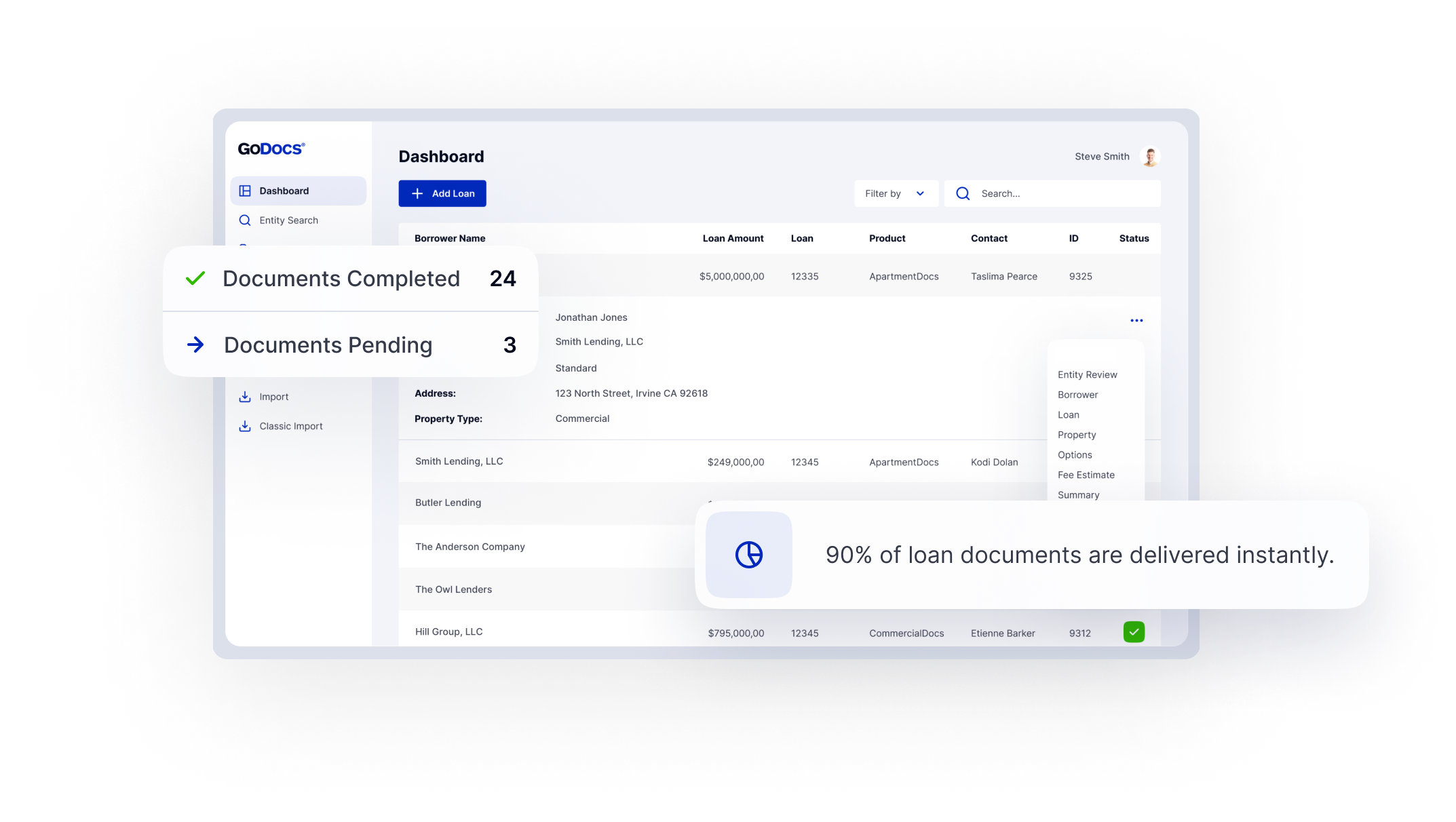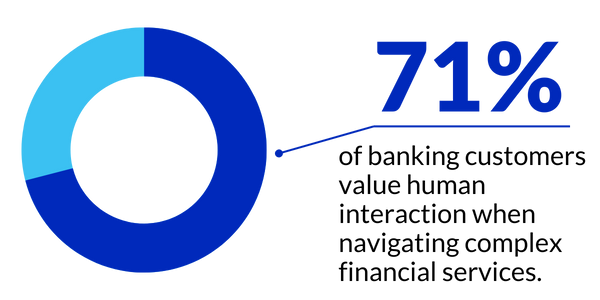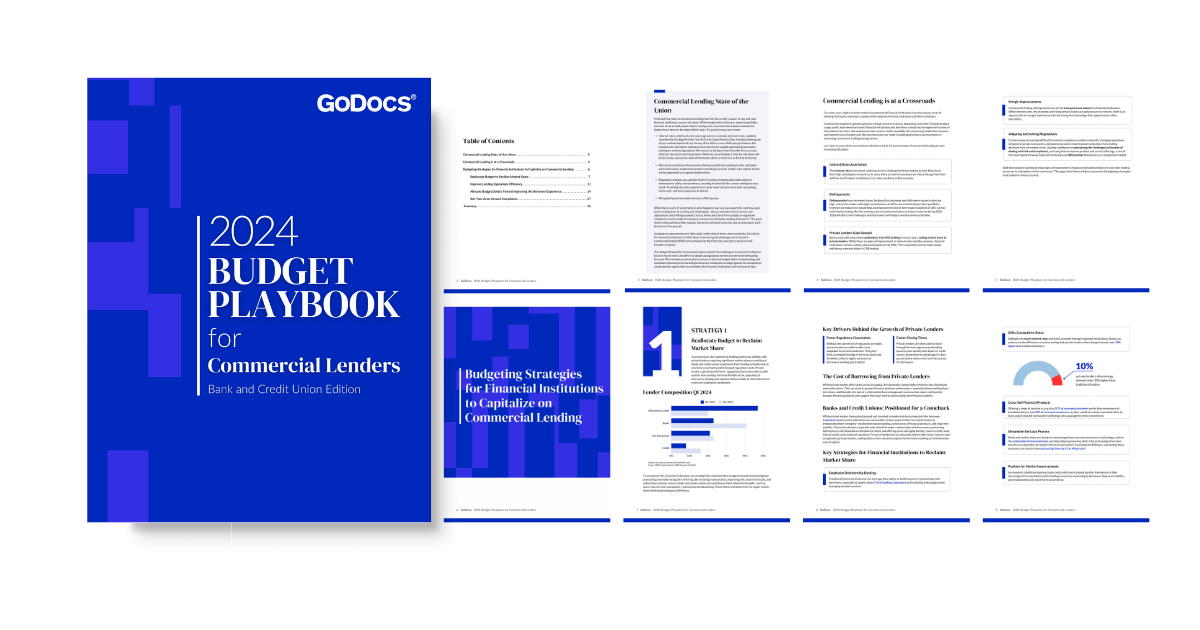Flux, uncertainty, and direction.
The economy is in a state of flux and uncertainty about the exact direction it will head which has inevitably affected the commercial and residential lending space. While lenders are seeing a decrease in residential applications so far in the second half of 2022, there are still significant opportunities in the market and steps that lenders can take to prepare for further growth in the next couple of years.
Overall, the number of residential permits rose by just 1.4% over the past year, but this figure only tells part of the story. If you take a closer look at annual rates, permits for single-family homes dropped by 8% for a total of 967,000 units while multifamily permits experienced 13.1% growth.
According to Mortgage News Daily, “There has been a striking increase in the number of starts in two to four family buildings so far this year. The total is small, 8,800 units, but this is up 30 percent year-over-year.” This represents the greatest increase in starts since the mid-1980s.
Many of these starts have been delayed by issues in the supply chain. However, experts are predicting that the number of stalled projects has peaked and the rate of construction will continue to increase. Industry insiders also expect that the permit backlog will be reduced, which will also allow more projects to get underway.
Download the Guide
For a closer look at how QM and non-QM loans work, check out the comprehensive Lender’s Guide to Documenting Non-QM Loans.
Flexibility and prioritizing alternative lending solutions.
With market conditions rapidly changing, lenders will have to remain flexible and prioritize alternative lending solutions. According to GoDocs CEO, Steve Butler, “Higher interest rates, inflation, and relative economic uncertainty are cooling certain real estate markets, most notably commercial and multifamily development. However, such factors increase the demand for short-term lending options such as bridge financing, working capital lines of credit, short-term unsecured debt, and loan modifications that address current exigencies in the market. The demand in these areas will create opportunities for lenders who can be flexible in this market to provide near-term solutions to fill the gap until demand for longer-term financing needs return to the growth levels expected for 2023 and 2024.”
A Digital Transformation Case Study
Leveraging digital lending technologies to accelerate growth and leapfrog the competition in the private lending market.
The temporary slowdown in the markets shouldn’t be viewed as a negative event for lenders. Instead, it is an opportunity to pivot to short-term lending solutions and prepare new solutions that will appeal to borrowers once the economy stabilizes and the multifamily segment continues its upward trajectory. The keyword for lenders for the remainder of 2022 is flexibility.
Lenders who are able to adapt will be able to enjoy continued success and provide companies with the funds and solutions they need to meet the demand for affordable multifamily housing.
Schedule a custom demo to learn more about GoDocs’ digital solution for commercial loans.








